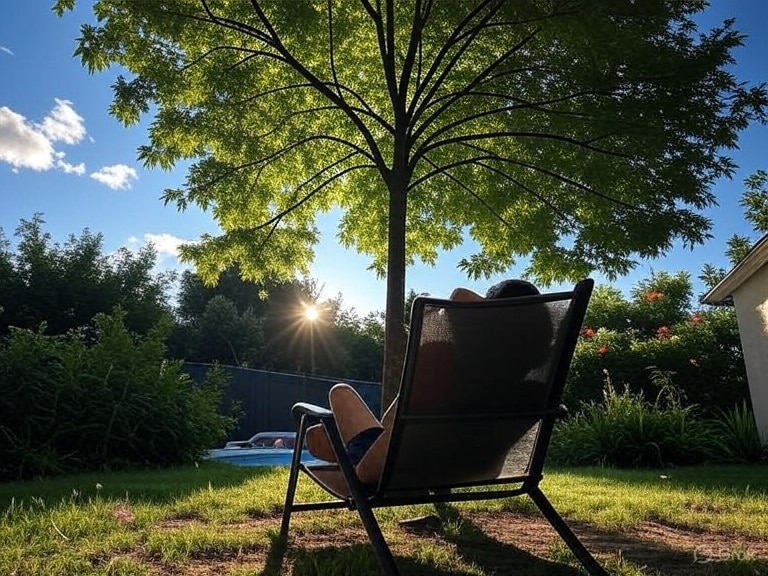Table of Contents
As temperatures continue to creep up across the country, it is important to be ready for a heatwave. Extreme heat can affect both comfort and health. Being proactive regarding safety measures can alleviate some of the strain homes feel during these peak times. Here are some practical steps to prepare a home for a heatwave in 48 hours.
Assess and Optimize Ventilation
Adequate airflow is very important in high temperatures. If you’re wondering how to prepare your home for a heatwave, you should start by taking a look at the windows and entryways to ensure they open and close properly. This allows for better ventilation in the cooler times of the day. Consider using mesh to repel insects while allowing air to come in. Make sure your ceiling fans are clean and set to turn counterclockwise, which pulls hot air up, directing cooler air below.
Enhance Insulation
Insulation isn’t just for cold weather. It’s a thermal barrier that resists heat flow in both directions, keeping your home cooler in the summer by blocking heat from entering. Look for cracks in the window, door, and wall. These areas can be insulated with weather stripping, caulking, reflective window films, and shades. These basic features go a long way in keeping the indoor environment comfortable.
Create a Cooling Plan
Find the coldest parts of the house. They are areas in which you can retreat from the heat when it is at its peak. If necessary, think about moving key activities into these areas. Make sure air conditioner units are functioning correctly and keep the filters clean. Fans can also help; if you have portable fans, set them up to move air around.
Stock Up on Essential Supplies
It is important to stock essentials. Avoid strenuous workouts without drinking plenty of water. Wearing loose clothes in breathable fabrics helps the body cool down. Batteries and torches are always useful during power outages.
Implement Energy-Saving Measures
When heatwaves occur, power systems tend to become overloaded; thus, reducing energy consumption in this context can be helpful. Unplug any electronics that are not in use to reduce heat generation. Consider switching to energy-efficient bulbs and minimizing the use of large appliances. These small alterations can make a big difference in energy conservation.
Prepare Outdoor Spaces
Prepare outdoor spaces to create relief. Create shaded areas for relaxation with umbrellas or tarps. A pool or misting system can help you cool down. Make sure pets have shaded areas and enough water.
Stay Informed and Connected
It is important to keep up with changes in the weather. Sign up for local alerts so you never miss an update. Your social connections can also provide support. Look after your neighbors, especially the more vulnerable ones, to make sure that they are safe. You can strengthen the resilience of the community by sharing resources and information.
Plan for Emergencies
While comfort is one of the top priorities, safety shouldn’t be an afterthought. Have an emergency kit that includes basic supplies and medication. Recognize signs of heatstroke and take appropriate actions if they do occur. Having a backup plan can provide peace of mind during a heat wave.
Adjust Daily Routines
It might be necessary to change some daily activities to deal with the heat. Schedule outdoor work for the cooler early morning and late evening hours. Rest and hydrate as the day progresses. Remind family members to not step outside in the heat and keep coolMaking minor adjustments can significantly reduce the risk of heat-related stress and discomfort.
Conclusion
Getting a house ready for a heat wave isn’t all that daunting a process. Adopting these measures can transform your indoor environment into a convenient and hassle-free habitat in as little as 48 hours. Taking these precautions can keep everyone cool and safe during periods of extreme heat. Planning ahead can make a huge difference when dealing with extreme temperatures.


